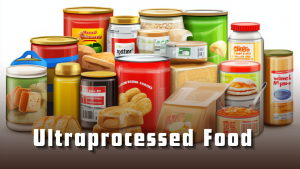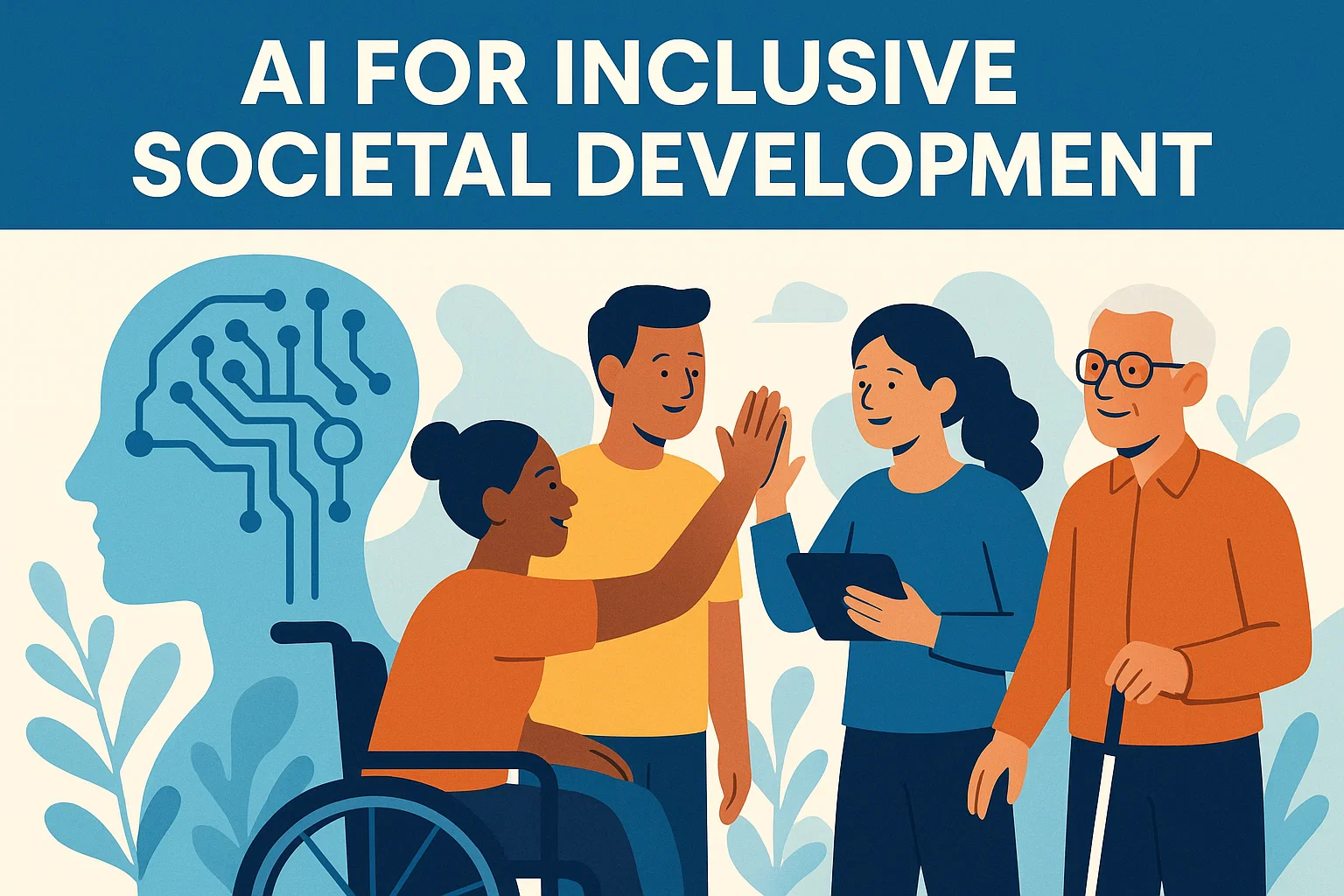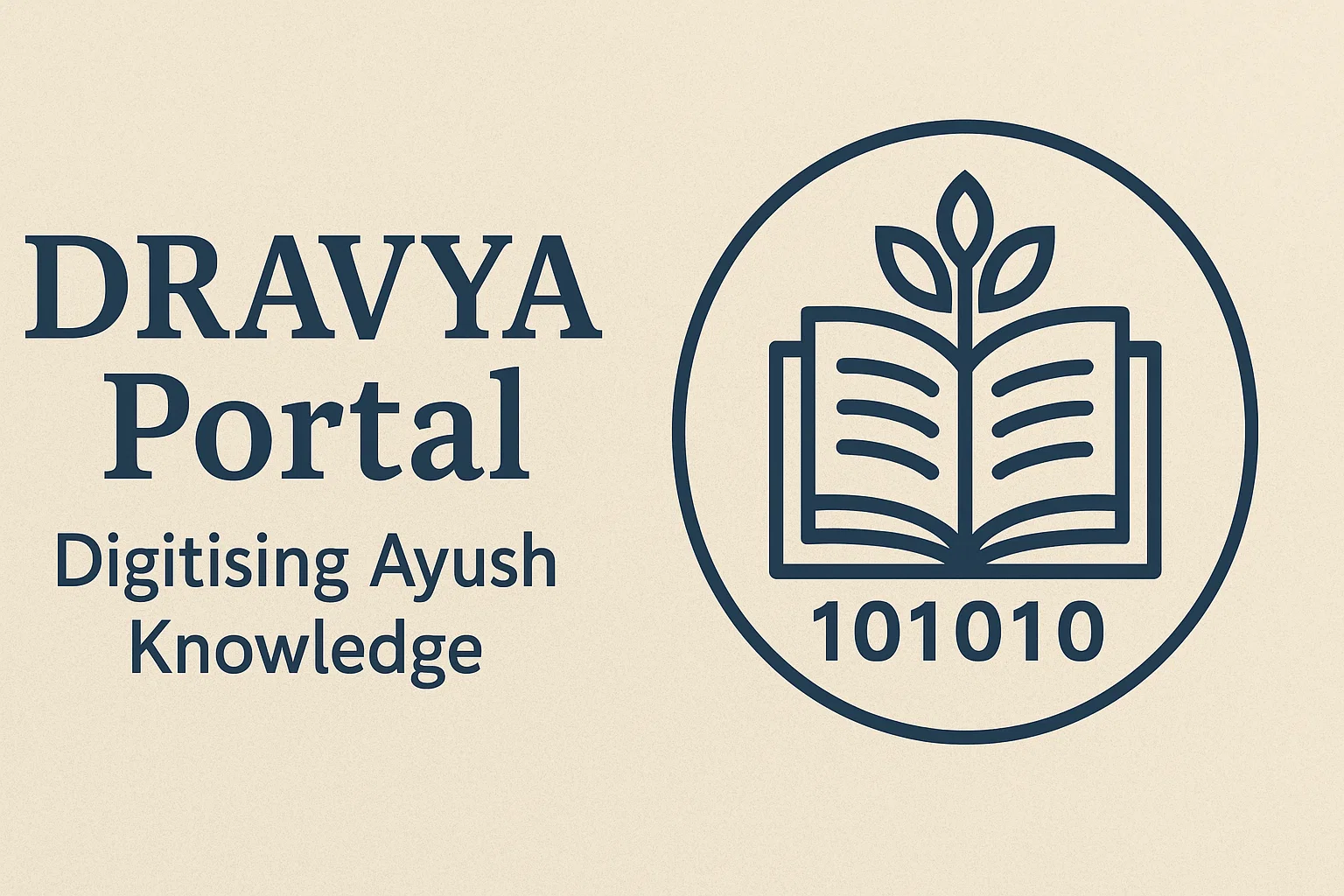Water Stress Challenges: A Critical Threat to Low-Income Households
Water Stress Burden: The Hidden Crisis for Low-Income Families
Water Stress: A recent Greenpeace India report (2023) highlights the growing reliance of low-income households on private water suppliers, revealing a sharp mismatch between water availability and demand, leading to financial strain and heightened water insecurity.
What is water stress?
- Water stress occurs when the demand for water exceeds the available supply during a given period, or when water quality limits its use.
- According to SDG Indicator 6.4.2, the level of water stress is measured as the ratio of total freshwater withdrawals to total renewable freshwater resources, accounting for environmental flow requirements.
- The FAO (2021) warns that by 2025, nearly 1.9 billion people will live in countries with absolute water scarcity, while two-thirds of the world’s population will experience water stress.
- The World Resources Institute’s Aqueduct tool identifies West Asian nations (Bahrain, Kuwait, Qatar, UAE, Israel, Saudi Arabia) as facing the highest projected water stress by 2040.
- For India, NITI Aayog’s Composite Water Management Index (2019) highlighted that 21 major cities, including Delhi and Bengaluru, are at risk of running out of groundwater, affecting over 100 million people.
How does water stress affect low-income individuals?
The burden of water scarcity is disproportionately higher on low-income groups. The Greenpeace India Survey (2023) in Delhi found that households earning less than ₹10,000 a month spend up to 15% of their income on water, sourced largely from tankers, shops, and ATMs.
- Financial Impact: Rising water costs reduce expenditure on essential items like food, education, and healthcare. Around 70% of respondents reported a direct hit on grocery budgets due to increased water expenditure.
- Social Impact: Women and informal workers without paid leave often miss work or school to collect water. In Delhi slums like Savda Ghevra and Khajuri Basti, families reported long queues at malfunctioning water ATMs.
- Health Impact: Dependence on private, often unsafe sources increases vulnerability to waterborne diseases.
This reflects a cycle of deprivation: Inadequate public provisioning forces reliance on costly private suppliers, deepening poverty.
How does the household consumption basket change with income?
Engel’s Law states that as household income rises, the proportion of expenditure on food declines, while spending on non-food essentials (housing, education, healthcare) increases. However, in water-stressed regions, water becomes a disproportionately large share of the consumption basket for the poor.
- Example: As per the Economic Survey 2022-23, rural poor in water-scarce areas spend significantly more on procuring water than on education or healthcare, while middle-income groups rely more on piped supply.
- Engel’s Curve in Practice: In Delhi’s low-income households (Greenpeace, 2023), while food accounts for the largest share, water emerges as an additional fixed cost. For higher-income households, water spending is negligible due to reliable piped connections, highlighting inequality in resource access.
Subscribe to our Youtube Channel for more Valuable Content – TheStudyias
Download the App to Subscribe to our Courses – Thestudyias
The Source’s Authority and Ownership of the Article is Claimed By THE STUDY IAS BY MANIKANT SINGH




